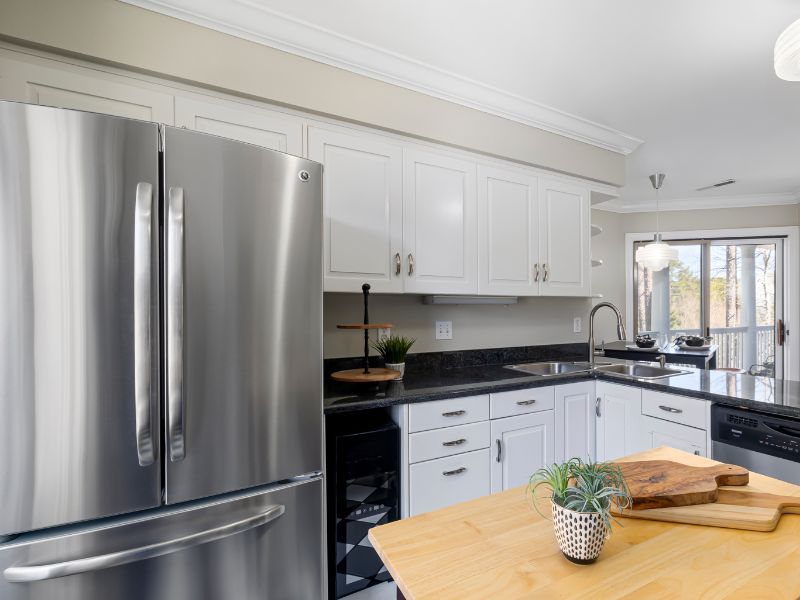
What Happens During a Professional Refrigerator Service?
TLDR: In this comprehensive guide to refrigerator repair and maintenance, you’ll learn the key steps to troubleshoot common issues before calling a technician, understand when it’s more cost-effective to repair or replace your fridge, explore the tests and calibration methods used by professionals, and discover expert tips for proactive care to extend your refrigerator’s lifespan and enhance its energy efficiency. Keep your fridge running smoothly and save on repair costs with this valuable knowledge.
Understanding the fundamentals of refrigerator repair and maintenance is crucial for safeguarding your appliance against potential issues and reducing the frequency of repairs. In this article, we delve into the realm of refrigerator repair, starting with the initial assessment and troubleshooting stage. We’ll explore the professional refrigerator repair and replacement process, shed light on the testing and calibration methods employed by refrigerator technicians, and provide valuable proactive care tips from seasoned experts. By gaining this knowledge, readers can become better equipped to care for their refrigerators effectively and possess the skills to assess and address potential repair requirements independently.
Refrigerator Repair: Initial Assessment and Troubleshooting
Repairing a refrigerator yourself can be daunting, but it doesn’t have to be. Knowing the initial steps and identifying common problems before a call to a professional is a great first start to getting your refrigerator running again.
The initial assessment involves getting familiar with the machine. First, you should identify what kind of refrigerator you have. This can be done by looking at the model number or serial number. Certain refrigerator models require specific procedures or tools to access their interior compartments. Additionally, it is important to know which type of refrigerator you have. You will also need to note the model features to ensure proper diagnosis.
Once you are familiar with your refrigerator model, you can begin the troubleshooting process. Start by checking the temperature settings. They should be set correctly, and the temperature should be consistent in both the refrigerator and freezer. Additionally, look for any frost buildup or ice in the interior of the refrigerator. This indicates a lack of air circulation, and causes the refrigerator to work harder to maintain temperature.
A common problem with refrigerators is a faulty door seal. A malfunctioning door seal allows air to escape, causing the temperature inside of the refrigerator to change. This is most noticeable at the bottom of the door seal, which must be regularly and correctly adjusted in order to provide a proper seal.
On the other hand, if the inside of your refrigerator is not cooling but your freezer is working correctly, the issue could be a faulty defrost timer or defrost heater. This part is highly responsible for regulating the temperature inside of the refrigerator and can be tested with a multimeter.
In addition, if the motor of your refrigerator is running constantly but the temperature of the refrigerator is not cooling, the evaporator fan motor may be blocked or malfunctioning. This motor is responsible for circulating air inside the refrigerator and should be cleaned and tested before being replaced.
Finally, if you experience water leakage from the refrigerator, it could be due to a blocked, damaged, or clogged drain line. If this is the case, it is best to clear the drain line as soon as possible to avoid any further damage.
The scope of problems that could be causing problems with your refrigerator can be daunting, but being familiar with the initial steps and common problems can put you on the right track. With a knowledge of the basics and troubleshooting, you can go a long way toward tackling the problem yourself before calling a professional repair service.
The Profession Refrigerator Repair and Replacement Process
Refrigerator repair and replacement is a necessary process for maintaining a reliable and efficient kitchen appliances. A refrigerator typically consists of two main components, an evaporator, and a condenser. The evaporator works to remove heat from the air within the refrigerator, and the condenser moves it to the outside of the device. In order to determine whether a refrigerator needs to be repaired or replaced, there are a few steps you must take.
First, you should check for signs of wear or damage. This would include any visible signs of physical damage, as well as any strange noises or smells coming from the unit. If you find any issues, it’s best to contact a professional immediately. On the other hand, if your refrigerator is still working well, the next step is to inspect the evaporator and condenser. For instance, if the evaporator is clogged, or the condenser is overheating, these are signs you may need to replace the refrigerator instead of simply repairing it.
An energy assessment should be performed before making any decisions. Not only will this double-check the system for efficiency, it will allow you to compare the cost of repair compared to replacement. In contrast, if the parts you need are hard to locate, it may be more economical to purchase a new fridge instead. Similarly, if your unit is more than 10 years old, it may not be worth investing in repairs at all.
Once you decide to repair or replace your refrigerator, there are many options available. For those who choose to repair the unit, they will need to remove all of the food, clean out the interior, and take apart the system in order to access all of the parts. However, if opting for a fridge replacement, there are a number of different models to choose from. As a result, it’s important to properly measure the interior opening to ensure the right size and shape for your new model.
Consequently, after selecting the desired refrigerator, it’s important to properly install the unit to ensure it runs efficiently. This includes ensuring the levels are correct, and that the refrigerator is not too close to any walls or other kitchen appliances; poor installation may result in it operating at a higher energy usage or becoming damaged prematurely.
Although both repair and replacement processes can be time consuming and costly, they are necessary steps for maintaining the lifespan of your refrigerator. With the right steps taken, you can expect to enjoy a reliable and efficient kitchen appliance for years to come.
Testing and Calibration: What Tests Do Refrigerator Technicians Use?
Testing and calibration is an essential part of maintenance for refrigerators. Refrigerators must be tested and calibrated on a regular basis in order to maintain efficient energy usage, avoid malfunctions, and to ensure the internal temperature remains consistent. However, refrigerator technicians must use a variety of tests to maintain these machines correctly.
One test refrigerator technicians typically perform is a door seal test, which tests whether or not the refrigerator’s door is sealing correctly. This is done by placing a piece of paper between the door and the seal and then closing the door. The technician will check to see if the paper was pulled in or is sticking out. If it is sticking out, the technician will then check to make sure the the door is not bent or otherwise misshapen.
In addition, refrigerator technicians also test the compressors to make sure they are running properly. This is done by assessing the torque and checking the temperature using infrared thermometers. On the other hand, they also clean and re-balance the fans to make sure that the air is moving throughout the interior. Similarly, technicians will also use WINMATE instruments and oscilloscopes to diagnose possible electronic faults or test wattages of supplies.
Calibration tests are an important component of refrigerator maintenance. These tests are intended to ensure that the refrigerator is measuring the temperature accurately by comparing it to a calibrated temperature source. This can be done by using a validated thermometer and placing it inside the refrigerator or freezer. Finally, the technician will also check for thermostat accuracy since this component is essential to managing the refrigerator’s internal temperature.
Consequently, refrigerator technicians use a variety of tests and calibrations when maintaining refrigerators. These tests help ensure that these machines remained efficient and that their internal temperature is correctly maintained. Without these tests, refrigerators are more likely to experience malfunctions or perform inefficiently, resulting in higher energy costs.
Proactive Refrigerator Care Tips From The Pros
Proactive refrigerator care is an important part of keeping it running efficiently and to extend its lifespan. Fortunately, the tips from the pros on how to care for your refrigerator are simple and straightforward. First, it is important to make sure that all of the seals on the refrigerator are kept clean and tight-fitting. A seal that is loosened or soiled can drastically reduce the energy efficiency of the refrigerator. Make sure that vents and fans are kept clear and free of obstructions to ensure proper airflow and to prevent the refrigerator from overheating. In addition, it’s a good idea to make sure you are not overstuffing the fridge as this can lead to components being strained and, ultimately, damaged. Similarly, the refrigerator should be kept in a location where it does not have to work extra hard to cool down its temperature, such as in a space that is not too humid or too warm.
Regular cleaning of the interior of the refrigerator is vital. All food should be stored in airtight containers and all spilled liquids and crumbs should be cleaned up right away. Mold and bacteria can quickly start to grow which could be harmful to your health. It is also important to check that the temperature of the refrigerator is set to the proper level. Usually, 40°F is the ideal temperature for the refrigerator and 0°F is ideal for the freezer section. For instance, if the temperature is too high food can spoil much faster and if it’s too low the food will not stay at the proper temperature. Additionally, you should occasionally empty out and clean the drains that are used to collect moisture in the refrigerator. Keeping the drains unclogged will also help the refrigerator from running too much or too inefficiently.
Consequently, making sure to follow these tips from the pros can have a profound impact on the longevity of your refrigerator. A refrigerator that is regularly cleaned and well-maintained is much more energy-efficient which can end up saving money. Taking a few simple steps to care for your refrigerator can make a big difference in the long run.
Final THoughts
It can be seen that refrigerator repair is a complex and sometimes tedious process that requires a broad range of assessment and troubleshooting techniques for a successful repair. Both a seasoned technician and trained novice should be familiar with the professional refrigerator repair and replacement process, the various tests used to diagnose and repair a broken refrigerator, as well as proper care and maintenance tips in order to ensure a safe and reliable appliance. With the right knowledge and tools, a refrigerator repair job can be achieved in an efficient and cost-effective fashion, restoring an otherwise broken appliance to its former glory.
Frequently Asked Questions
How do technicians identify refrigerator problems?
Technicians typically identify refrigerator problems by using a set of steps to diagnose the appliance. This can include inspecting the power cord and power outlet, testing the control board, examining components such as the condenser fan, evaporator fan, and compressor, and testing the temperature control system. Once a technician identifies the problem, they can use the information to give an accurate repair assessment.
Is it more cost-effective to repair or replace a fridge?
Generally speaking, repairing a fridge is usually more cost effective than replacing it. However, depending on the age of the appliance, the severity of the problem, and the availability of spare parts, there are instances where replacing it may be the best option. If the fridge is covered under any warranty, it’s a good idea to explore those options before making any decisions.
Do professionals check for energy efficiency during service?
Yes, most HVAC professionals service systems, including checking their energy efficiency. During an annual system tune-up, they will inspect and test the system’s components, adjust controls, and look for any signs of wear and tear. This ensures the system is running as efficiently as possible and not wasting energy. Additionally, installing a programmable thermostat can also help improve energy efficiency.
What can I do to extend the lifespan of my refrigerator after servicing?
To extend the lifespan of your refrigerator after servicing, there are several proactive steps you can take. First, make sure you keep the door seals clean and free of grime and residue. This will help keep the cold air from escaping. Second, keep your refrigerator away from sources of direct heat like an oven or a radiator. Third, keep your condenser coils and fan clean to ensure proper air flow. And fourth, avoid over-stuffing your fridge, as this can make it difficult for the refrigerator to cool food and beverages properly.

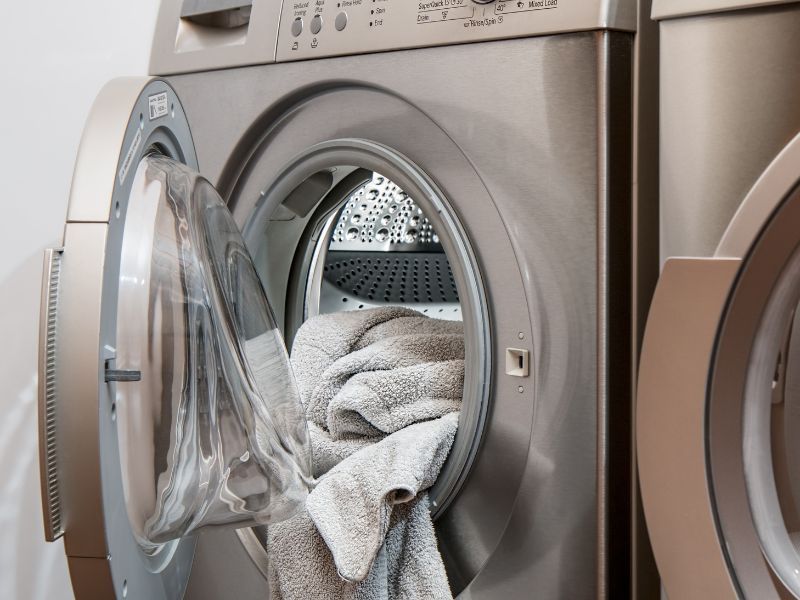

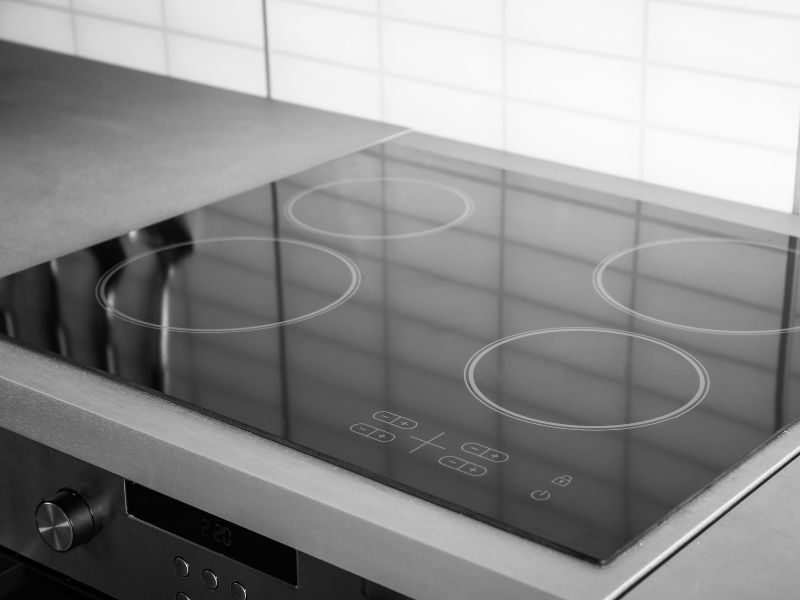
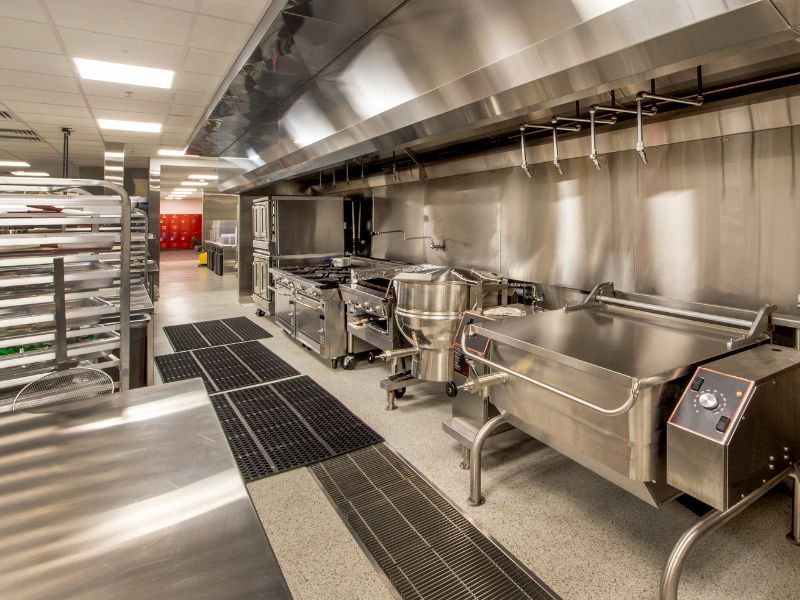
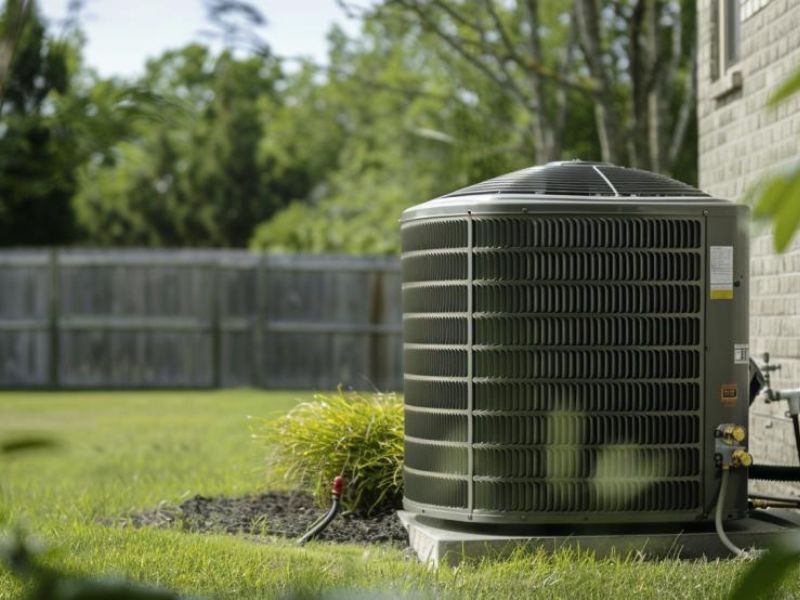
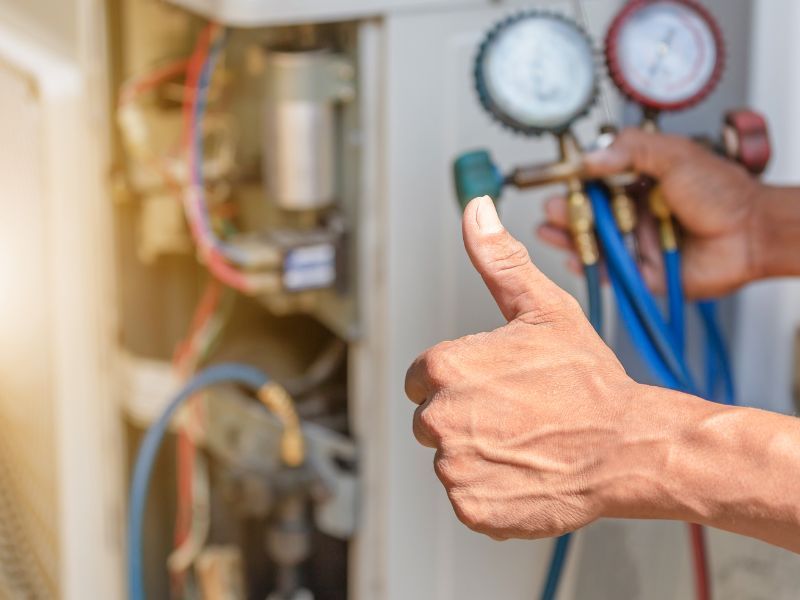
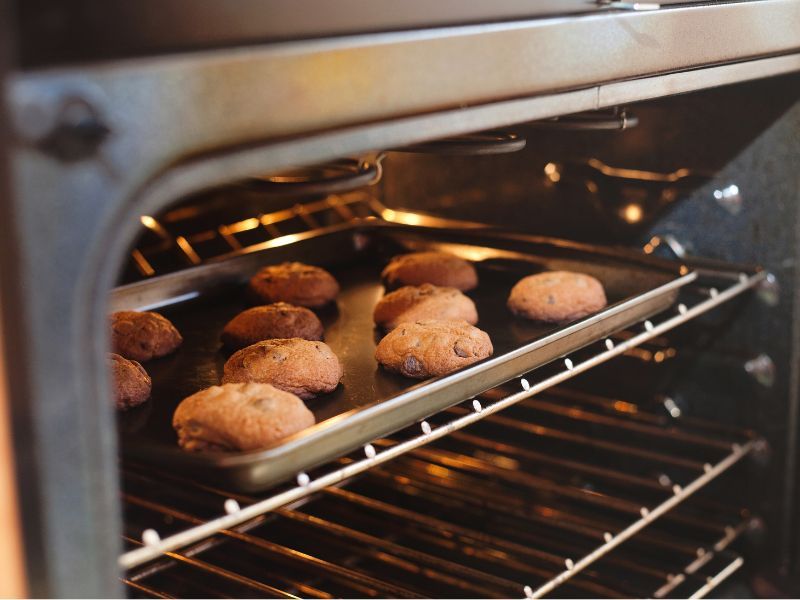
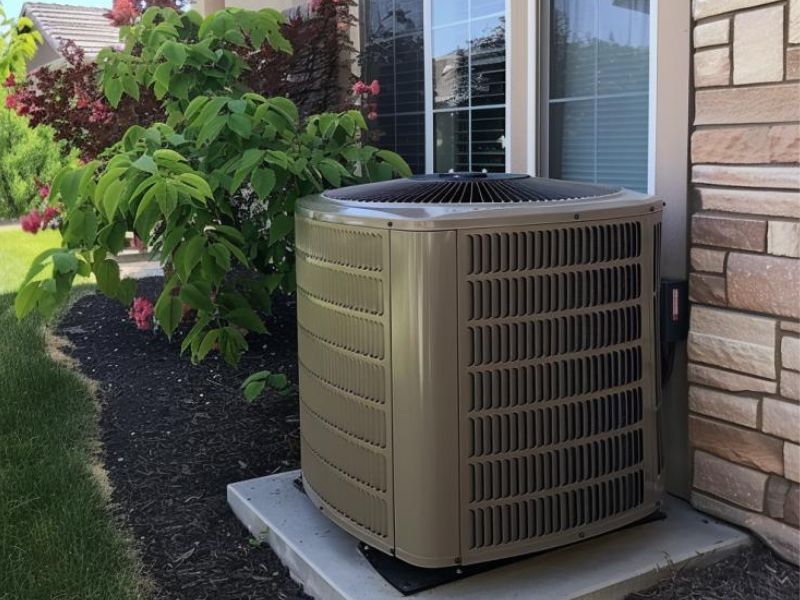
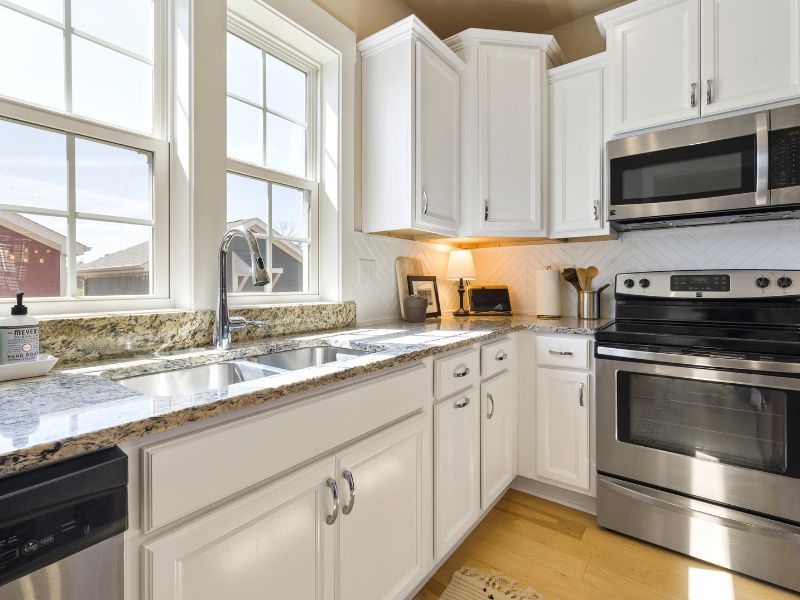
Leave a Reply